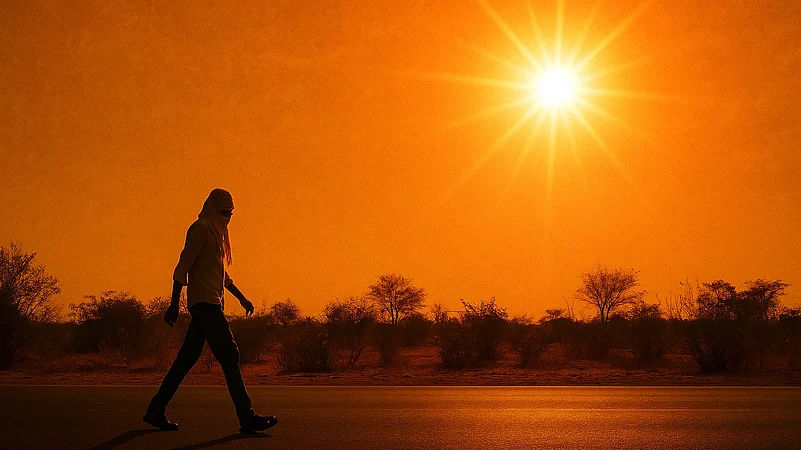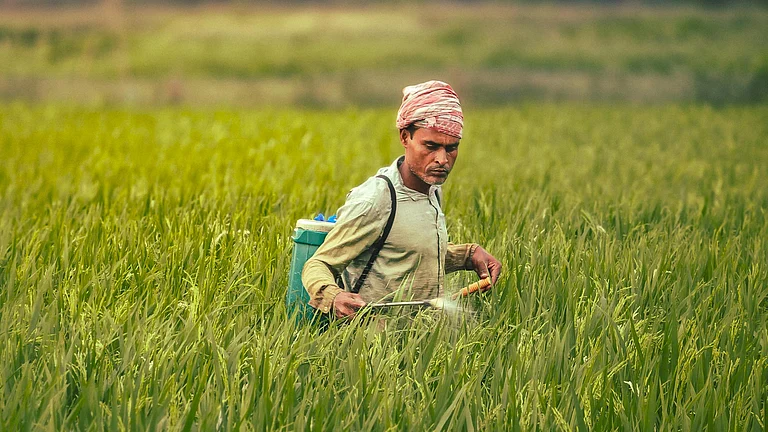Jharkhand recorded 590 heatwave days during the 35 years period, out of which 431 days occurred during the 25-year period from 2000 to 2024, according to a report published by the Centre for Environment and Energy Development (CEED) on May 27.
The state witnessed a 300% increase in the number of heatwave days in the past 35 years, revealed the CEED report. The state recorded the highest intensity in 2024 with 21 heatwave days, against 7 days in 1990.
Based on spatially averaged IMD gridded maximum temperature data, the report considered the geographical extent of present-day Jharkhand throughout the entire 35-year period. The state experienced a total of 590 heatwave days between 1990 and 2024.
“A clear seasonal concentration of heatwave events is observed, with May contributing the highest number (275 days), followed by April (183 days) and June (132 days). This seasonal clustering is consistent with the regional climatology, where pre-monsoon months typically experience high solar insolation, low humidity and suppressed convective activity-factors conducive to extreme heating of land surfaces,” stated the CEED report.
Sharp Rise Since 2020
Highlighting the sharp rise in heatwaves since 2020, the report mentioned that each passing year has intensified both the frequency and severity of extreme heat events in Jharkhand.
“In 2020, heatwaves were minimal, with only two days late May exceeding significant temperature thresholds. However, each subsequent year saw an increase in both the number and severity of heatwaves. By 2022, there were seven notable heatwaves events in April and May, with temperatures frequently surpassing previous years’ peaks,” added the report.
The report also underscores that the trend intensified in 2023, with twelve prolonged periods of extreme heat, particularly in the summer months. “The year 2024 marked the most severe activity, with twenty-one days of sustained high temperatures from April to June, indicating a sharp rise in heat wave frequency and intensity over the five-year period,” elaborated the report.
The possible causes for the rising heatwave in the state have been attributed to location, mining and deforestation. In addition to that, pollution and urbanisation also significantly contribute to the worsening situation, according to the report.
According to TOI, Jharkhand does not have the moderating effect of sea breezes which causes dryness and decreased moisture in the environment.
With the India Meteorological Department (IMD)’s prediction for above-normal maximum and minimum temperatures over April to June in 2025, longer heatwaves are expected to lurk across the country.































